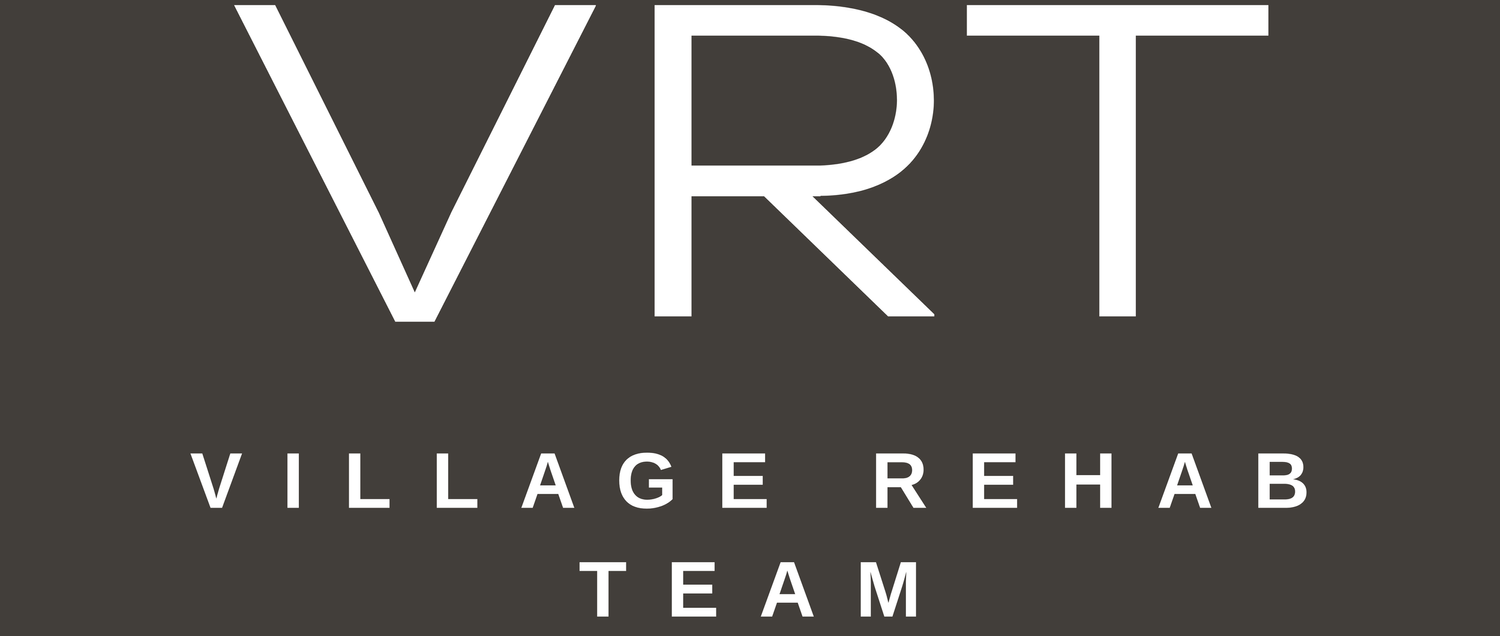Joint Mobilization & Its Application in Physical Therapy
Joint mobilization is a hands-on physiotherapy technique used to manage musculoskeletal pain and disability. It involves the passive movement of specific joints using the skilled application of force, direction, and technique. Joint mobilization can help improve joint function, relieve pain, and increase overall mobility.
In this blog, we will discuss what joint mobilization is, its types, and its application in the field of physical therapy.
What Is Joint Mobilization?
Joint mobilization is a manual therapy technique that involves the passive movement of a joint to restore its normal range of motion, reduce pain, and improve overall joint function.
It is performed by a trained physical therapist with extensive knowledge of joint anatomy, biomechanics, and injury patterns. The therapist applies a controlled force to the joint in a specific direction, which helps to mobilize the joint and surrounding tissues.
What Are the Types of Joint Mobilization?
There are three main types of joint mobilization techniques used in physical therapy. Here’s what you must know about them.
1. Oscillatory Joint Mobilization
Oscillatory joint mobilization involves the application of repetitive, rhythmical movements to a joint within its available range of motion. These movements help to improve joint mobility, reduce pain, and promote relaxation.
The oscillations can be performed at different speeds and amplitudes, depending on the patient's needs and the therapist's goals. This type of joint mobilization is commonly used for patients with chronic pain, stiffness, or limited range of motion.
2. Sustained Joint Mobilization
Sustained joint mobilization involves applying constant pressure to a joint for an extended period. This technique helps to stretch the joint capsule and surrounding ligaments, which can improve joint mobility and reduce pain. Sustained joint mobilization is often used for patients with joint hypomobility, adhesive capsulitis or frozen shoulder, and arthritis.
3. Manipulation
Manipulation, also known as high-velocity, low-amplitude (HVLA) thrust, is a more aggressive form of joint mobilization. It involves a rapid, forceful movement applied to a joint at the end of its available range of motion.
This technique can help to restore joint mobility, reduce pain, and realign common structures. Manipulation is typically used for patients with acute pain, joint restrictions, or in cases where other joint mobilization techniques have not been successful.
What Are the Applications of Joint Mobilization in Physical Therapy?
Joint mobilization has a wide range of applications in the field of physical therapy, including:
Relieving Pain: Joint mobilization can help to alleviate pain by reducing joint inflammation, improving blood flow, and promoting relaxation.
Restoring Joint Mobility: By stretching the joint capsule and surrounding tissues, joint mobilization can help to improve joint mobility and overall function.
Improving Muscle Function: Joint mobilization can help to improve muscle function by reducing muscle spasms, increasing muscle flexibility, and promoting the proper alignment of muscle fibres.
Enhancing Proprioception: The passive movement of joints during joint mobilization can help to improve proprioception, which is the body's ability to sense its position and movement in space.
Facilitating Rehabilitation: Joint mobilization can be an essential component of a comprehensive rehabilitation program, helping patients to regain strength, mobility, and function following injury or surgery.
Final Thoughts
Joint mobilization is a valuable technique used in physical therapy to manage pain, restore joint mobility, and improve overall function. It involves the skillful application of force to a joint in a specific direction, which can help to alleviate pain, increase the range of motion, and enhance muscle function.
With its wide range of applications and benefits, a joint mobilization is an essential tool for physical therapists in the treatment and rehabilitation of musculoskeletal conditions.
Contact us at Village Rehab Team if you are interested in joint mobilization. We are the best physio in Downtown Toronto — providing the best care with over 20 years of experience. Book a service now!
